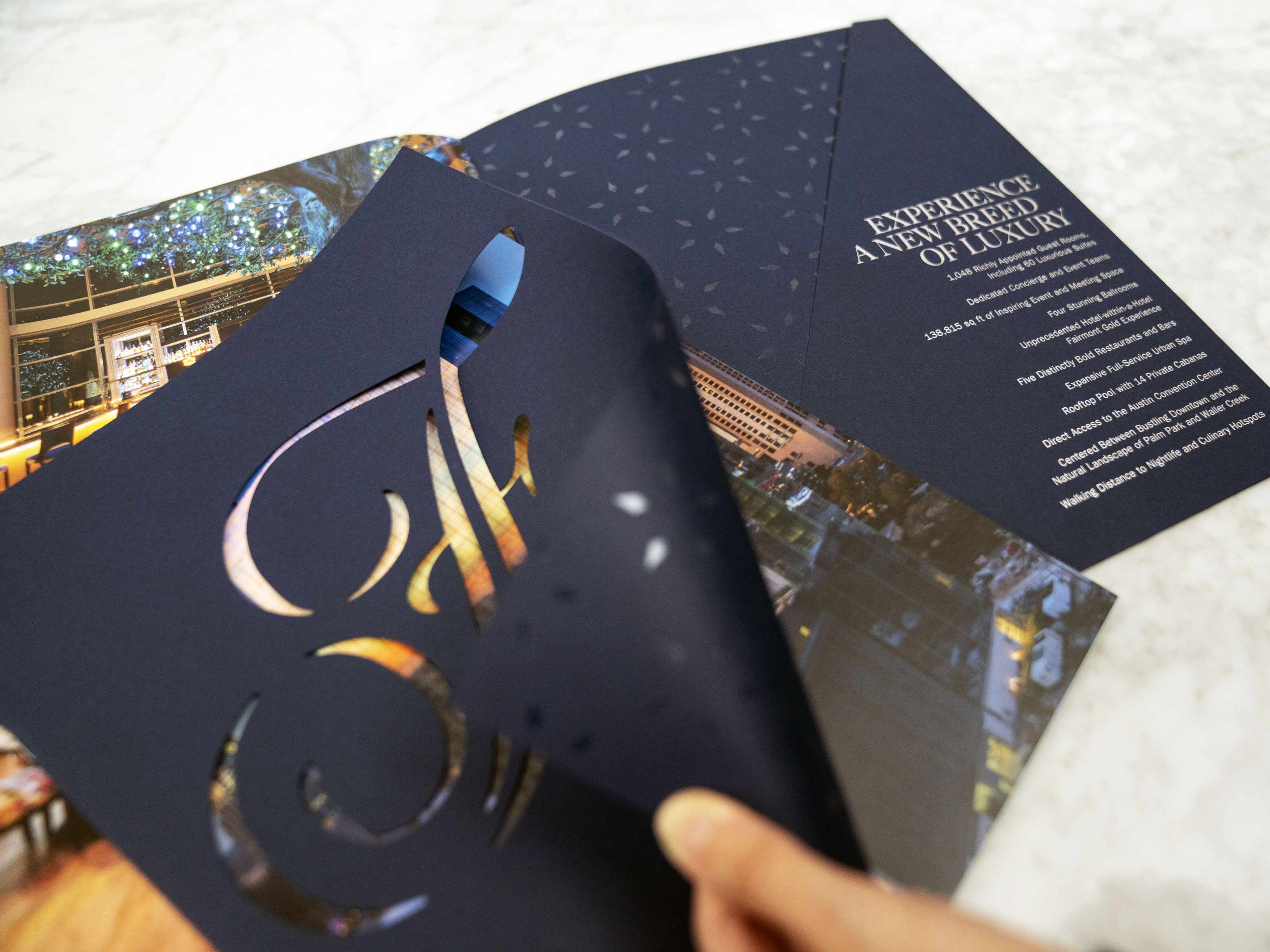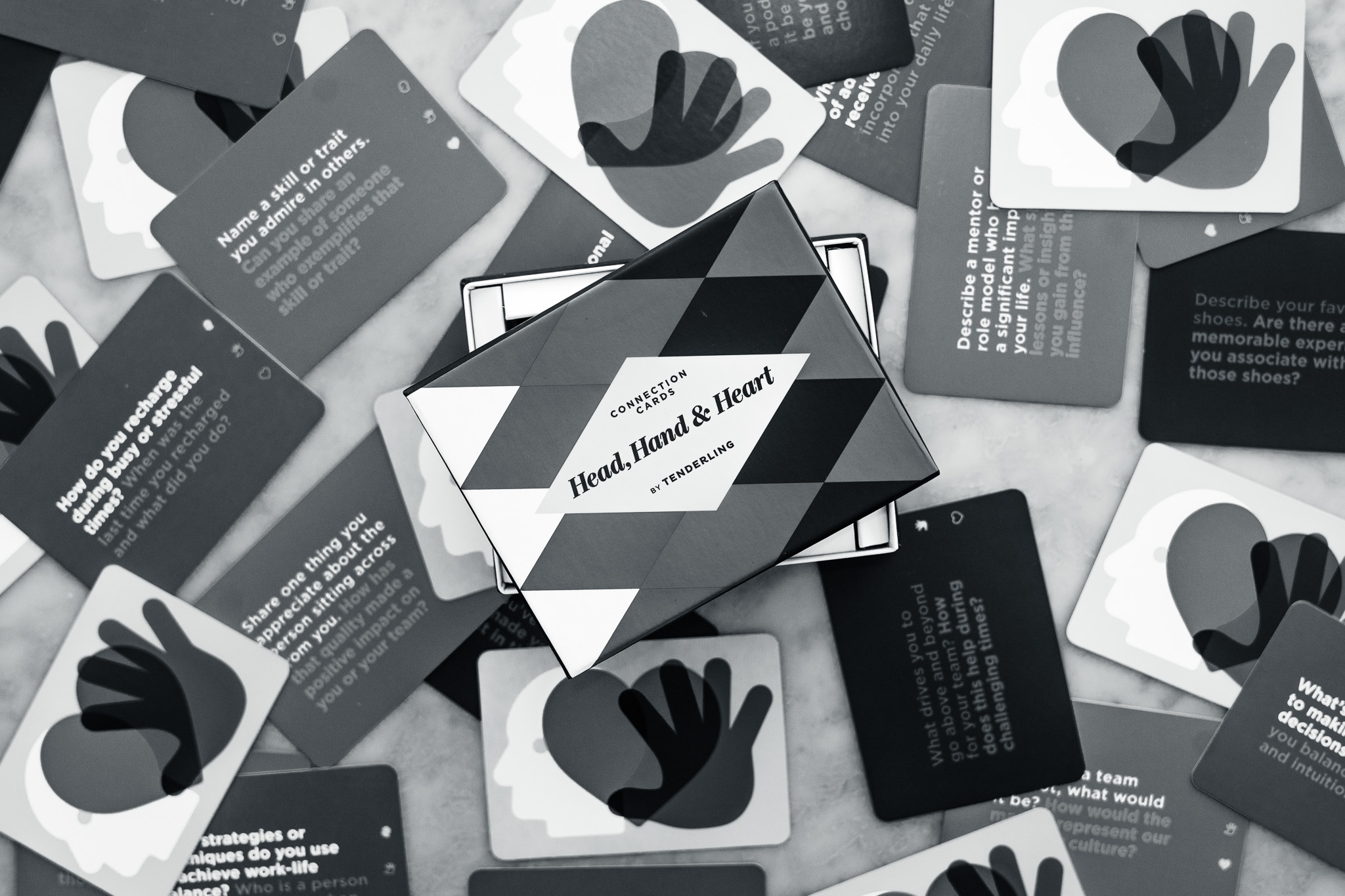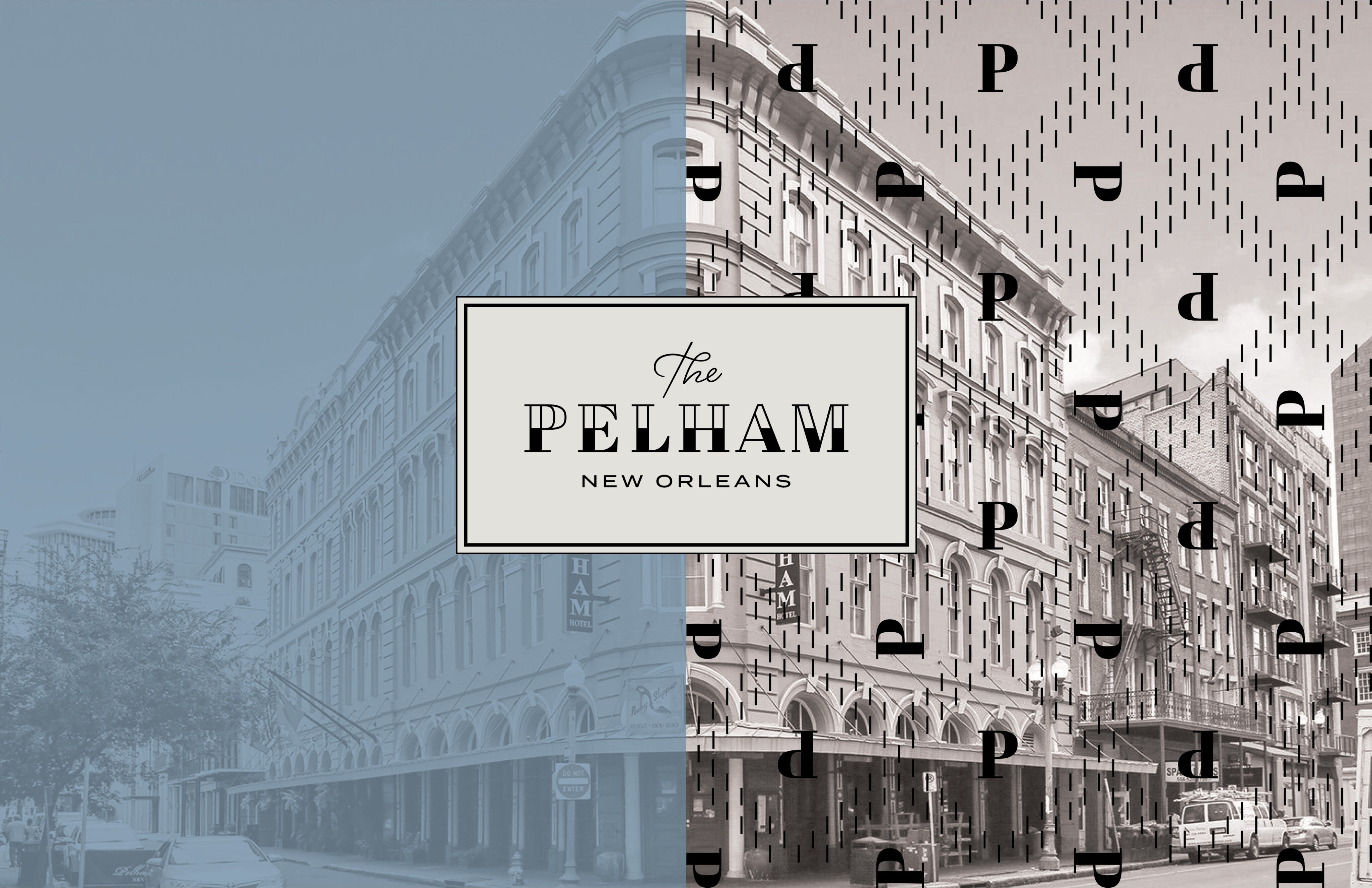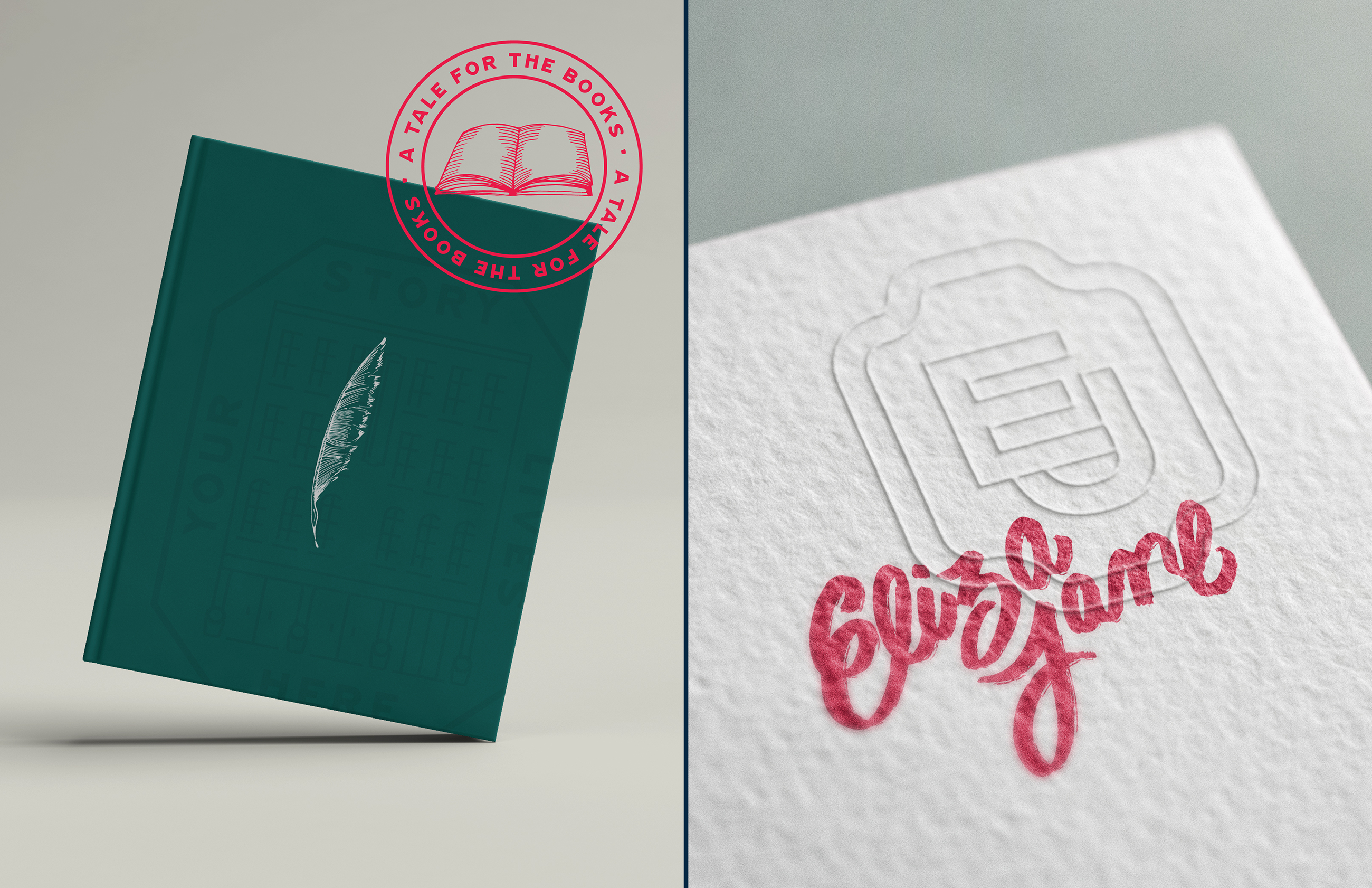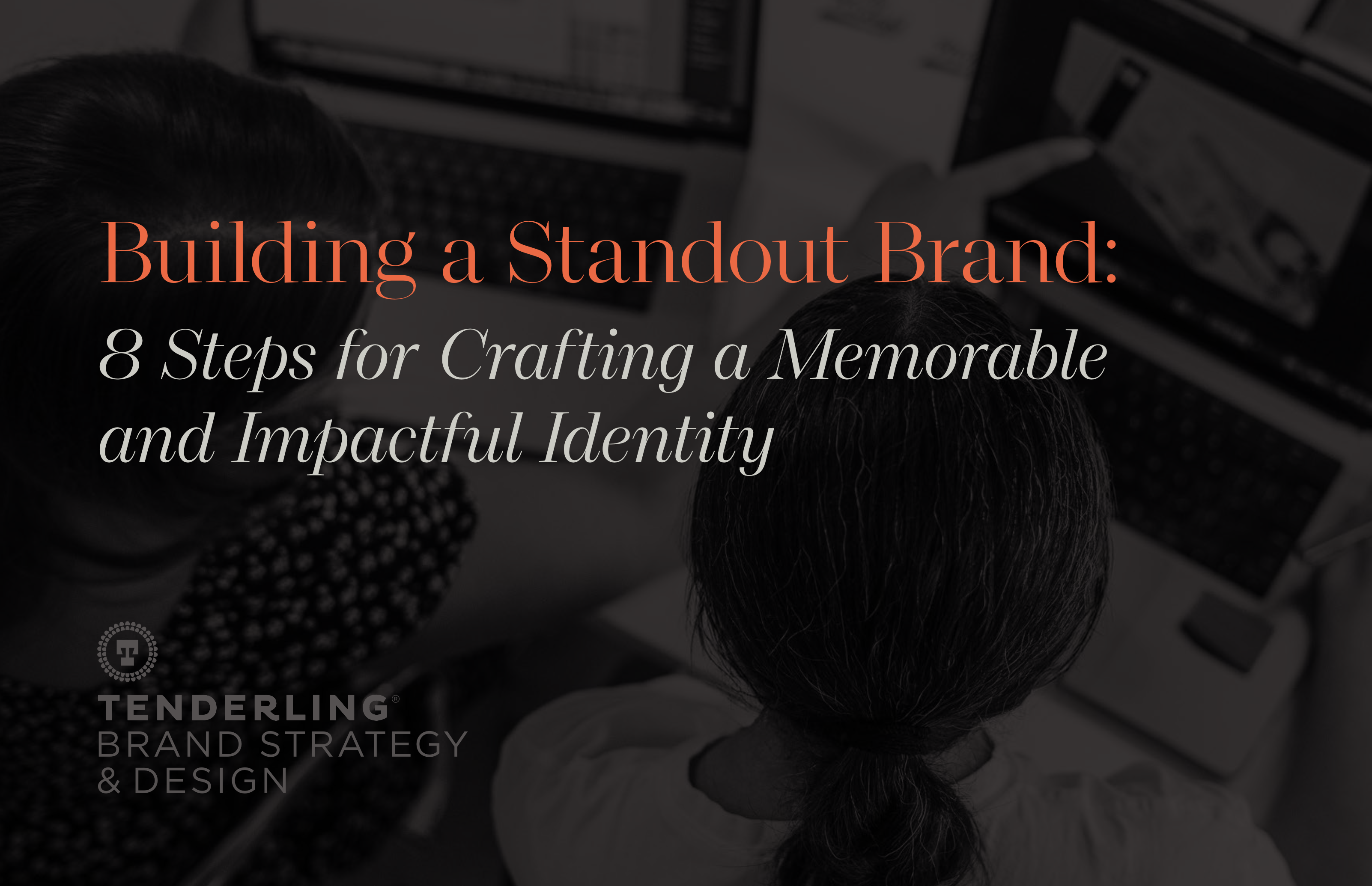Brand vs. Design: What Founders Need to Know
If you’re a founder launching a hotel, restaurant, apartment or product, there’s a moment where you think: “We need branding.” But what you might really be thinking is: “We need a logo.” Or maybe a website. Or packaging. Or signage. Design is not branding—and confusing the two can cost you time, money and clarity.
- 12 June 2025
- Tenderling Team
- 8 min read
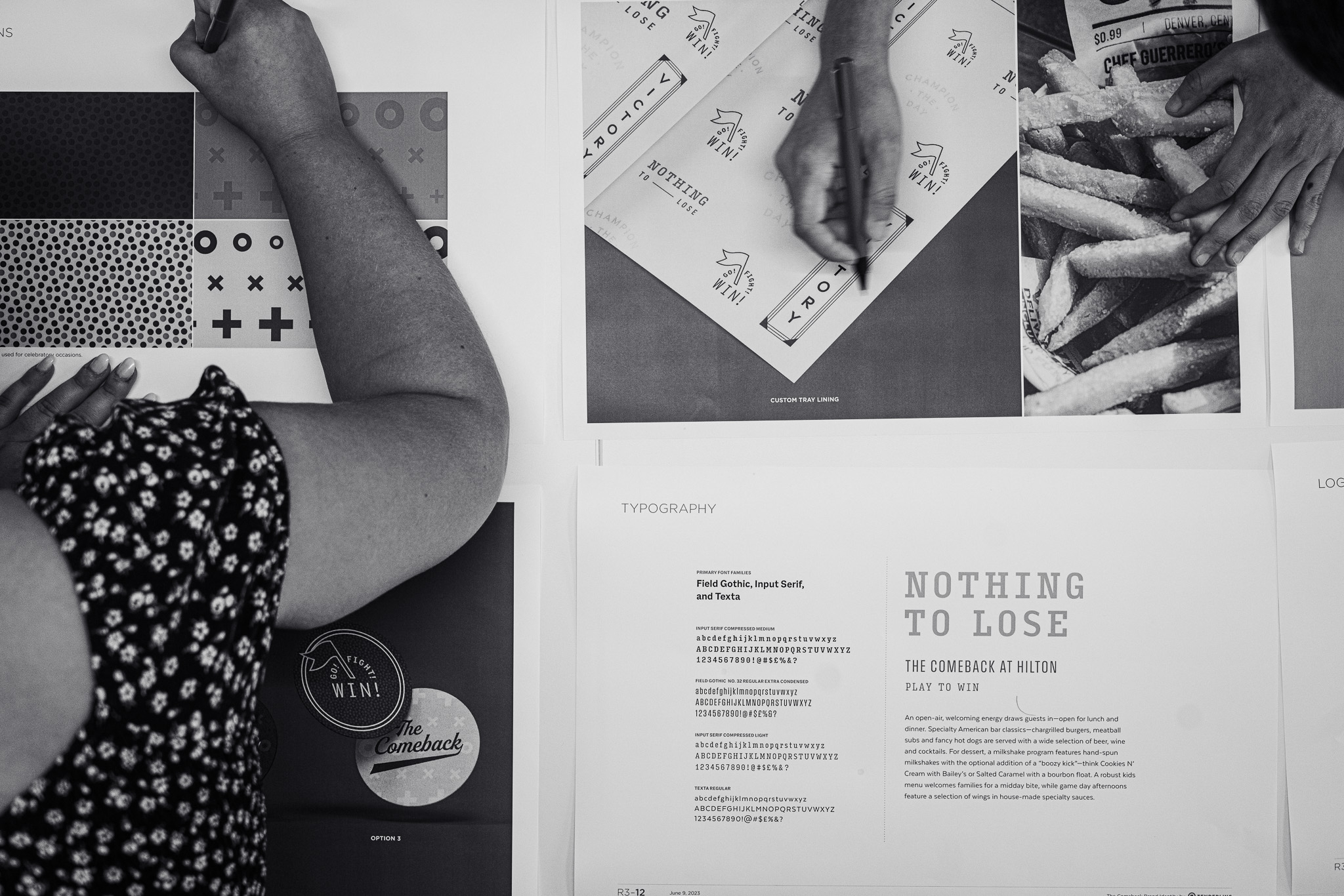
A Brand? A Logo? A Strategy?
At Tenderling, we’re often brought in when a project is already in motion, and the founder is realizing the visuals they have don’t feel like them, or aren’t connecting with their audience. Almost always, the missing piece is a strategic brand foundation.
Founders: Are you building a brand or just buying design?
We see this all the time:
“We need branding!”
(But what they really mean is: “We need a logo.”)
Here’s the thing:
Design ≠ Brand.
Design is how your brand shows up.
Brand is why it matters in the first place.
What’s the difference?
Brand is the story.
It’s your positioning, your voice, your values, your emotional promise.
Design is the outfit.
It’s your logo, your website, your packaging, your signage.
Design makes your brand visible. Brand makes it meaningful.
The cost of getting it backward?
- Rebranding 6 months after launch
- Confused team and messaging
- Missed investor opportunities
- Paying for design again and again
So let’s break it down.
What Is a Brand?
A brand is the emotional, psychological and strategic core of your business. It’s the story you’re telling, the values you’re signaling, the way people feel about you—consciously or not.
At its core, your brand includes:
- Your positioning in the market
- Your voice and tone
- Your mission and values
- Your ideal audience
- The emotional promise you’re making to your customers
It’s the answer to the question: “Why should someone choose you?”
What Is Design?
Design is how that brand shows up in the world. It’s the expression, not the essence.
Design includes:
- Your logo and identity system
- Your website and digital presence
- Your signage, collateral and packaging
- Your social media look and feel
Great design brings your brand to life, but it can’t replace the work of building a brand. In other words, design makes your brand visible—but brand makes it meaningful.
Why Founders Confuse the Two
It’s totally natural. Design is tangible—you can see a logo, click a website, admire a business card. Branding feels more abstract and slow-moving.
But we like to explain it this way:
Design is the suit. Brand is the soul.
Would you rather have a good-looking shell… or something people fall in love with?
The Cost of Skipping Brand Strategy
Founders who skip brand strategy often find themselves:
- Rebranding six months after launch because it doesn’t feel right
- Struggling to get investor buy-in because the story isn’t clear
- Attracting the wrong audience (or no audience at all)
- Getting stuck in endless design revisions because there’s no “why” behind the look
And the worst part? It usually costs more to fix later.
What a Strong Brand Strategy Looks Like
At Tenderling, we guide every client through our Brand Profile™—a proprietary framework that aligns your vision, voice, visuals and values.
It includes:
- A clear market positioning
- A defined brand personality (we use archetypes to help)
- An emotional brand promise
- Messaging that scales across platforms
- Visual cues rooted in story, not trends
Only after that foundation is laid do we design.
A Real-World Example
One of our clients came to us with a full logo suite they’d commissioned from a freelancer. It looked beautiful—but they couldn’t explain what their brand stood for, or why anyone should care.
After our Brand Profile™ process, we ended up changing their name, shifting the tone of voice, and completely reworking the design. The new brand spoke directly to their ideal customer—and the difference in traction and revenue was night and day.
- Brand
- Design
- Story
- Expression
- Strategy
- Execution
- Emotional
- Visual
- Enduring
- Evolves
You need both, but in the right order.
Final Thoughts
If you’re in the early stages of launching something new—or if you’re stuck with a brand that just isn’t connecting—step back and ask:
“Do I have a design problem, or a brand problem?”
The answer might change everything.
